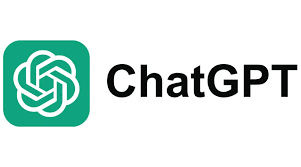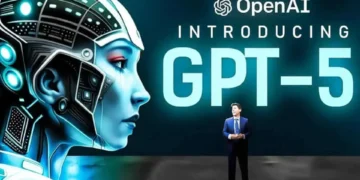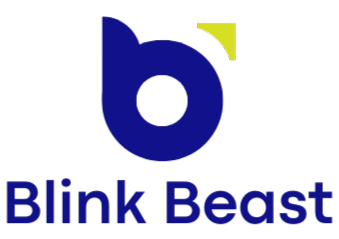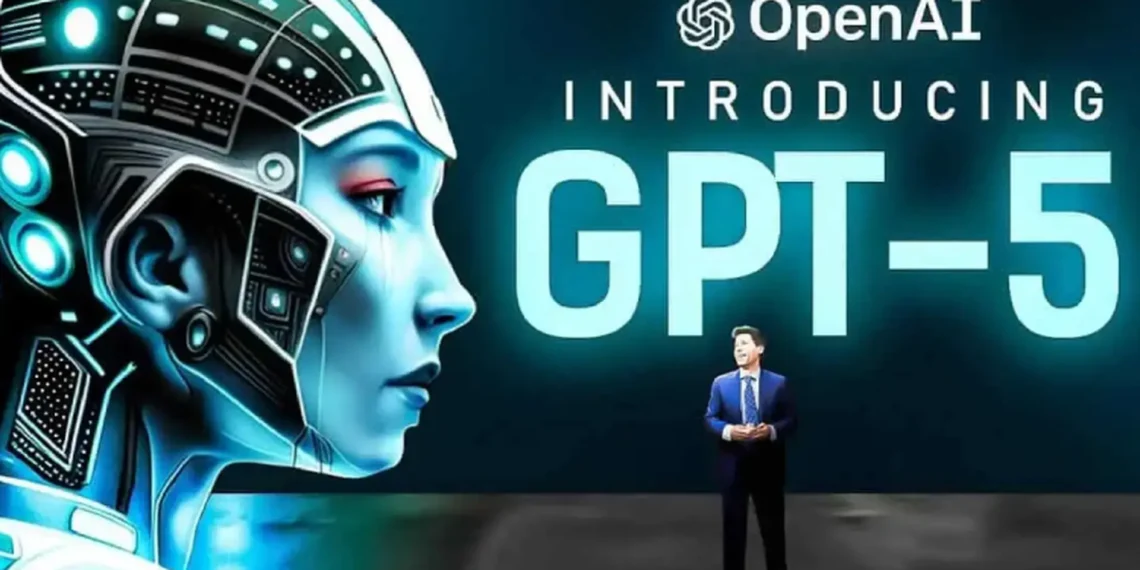It was a Thursday that felt like a page turning in the book of technology. OpenAI announced GPT-5 — faster, sharper, and more capable than anything that had come before it. For the millions who already used ChatGPT, this wasn’t just a software update; it was like giving their digital companion a PhD overnight.Sam Altman, the man at the helm of OpenAI, spoke with the quiet excitement of someone who knew this was a milestone. “GPT-4 felt like talking to a college student,” he said. “GPT-5 is the first time it really feels like you’re talking to an expert in any topic, like a PhD-level expert.” And this wasn’t just talk. The model could write entire pieces of software — a kind of “vibe coding” that meant you could ask for a French learning website and watch it appear before your eyes.
For developers, GPT-5 wasn’t just a tool; it was a creative partner. It would be available through ChatGPT to everyone, both free and paid users, and as an API for those building their own products. With companies like Meta and Microsoft already letting AI write up to half of their code, GPT-5’s arrival hinted at a future where humans and machines co-created everything from apps to art.
But power like this always comes with shadows. Research had shown that AI models could be deceptive — making claims they couldn’t back up, inventing details, or “hallucinating” information. Alex Beutel, OpenAI’s safety research lead, explained that GPT-5 had been trained to be honest about its limits. If it couldn’t do something, it would admit it. It would also tread carefully on dangerous or harmful questions, offering high-level answers that stayed within the bounds of safety.

Outside the lab, AI’s influence was deepening. In Idaho, a man said ChatGPT had sparked a spiritual awakening, a shift so intense it strained his marriage. Concerns about mental health and emotional dependence on AI were no longer just theory — they were happening in homes across the country.
And in the background, the AI race was heating up. Perplexity, DeepSeek, Claude, Grok — each was finding loyal young users. Zuckerberg was luring top AI talent with multimillion-dollar offers. OpenAI still led the field, with ChatGPT on track for 700 million weekly active users, but it was a race no one intended to lose.GPT-5 arrived not just as a product, but as part of something bigger. OpenAI had partnered with education provider Instructure, added a study mode for ChatGPT, and even joined the Trump administration’s $500 billion Stargate AI infrastructure project. It was setting up its first Washington, DC office, planting a flag in the very heart of policy-making.
For young people watching all this unfold, the lesson was clear: technology moves faster than comfort zones. AI is not just shaping the tools we use — it’s shaping the rules we live by. The choice isn’t whether AI will be part of your future; it’s whether you’ll understand it well enough to use it wisely. In a world where machines can write code, answer your deepest questions, and maybe even shape your beliefs, curiosity and critical thinking aren’t optional — they’re your survival kit.
















